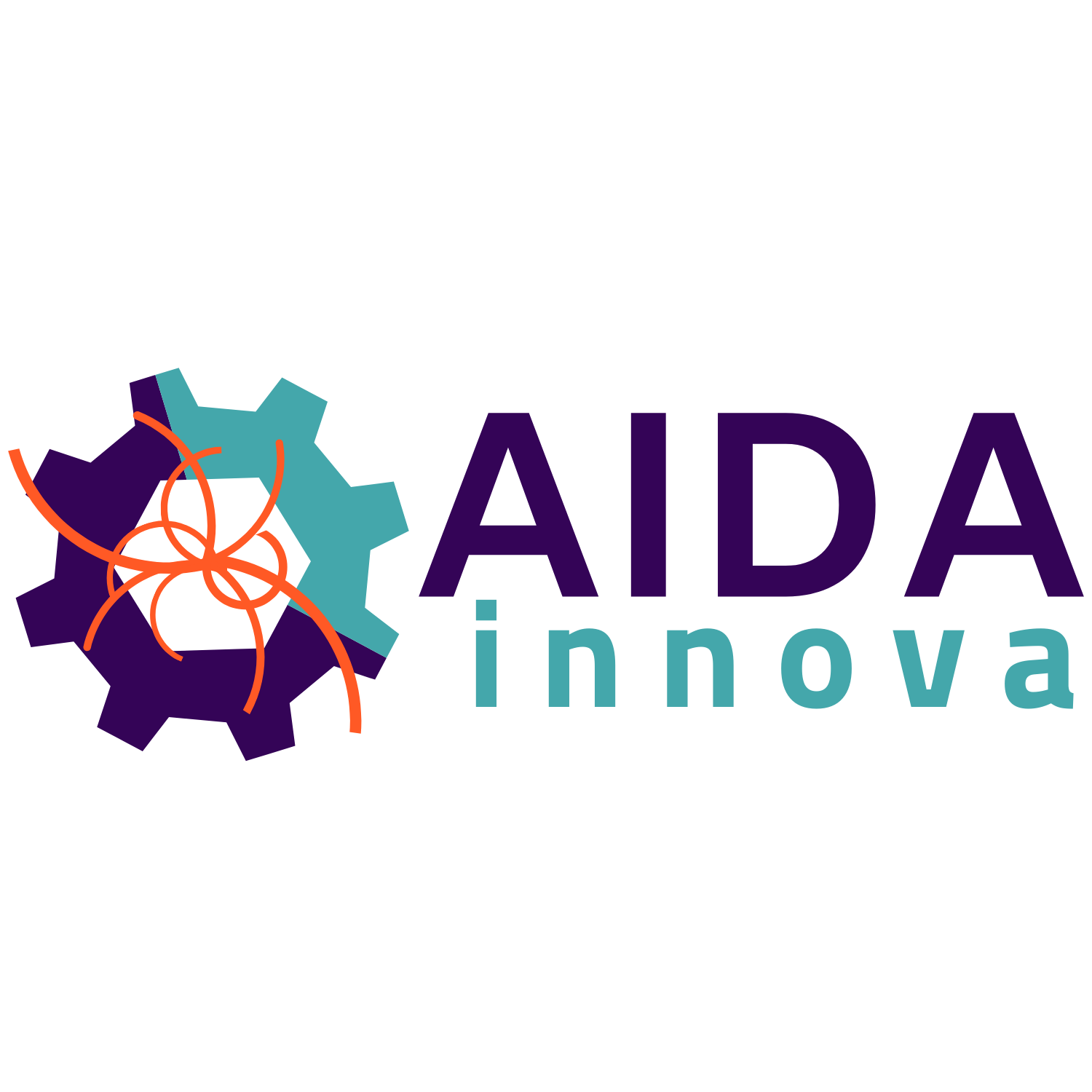Objectives
Task 6.1. Coordination and Communication
• Management and coordination of the Work Package, including monitoring of work progress, budget spending and
reporting to the project management.
• Organisation of WP meetings as well as meetings with other WPs and coordinating presentation of results within
AIDAinnova and to the detector community.
Task 6.2. Simulation and processing of common 3D and LGAD sensor productions
• Optimisation of processes for 3D and LGAD sensors for timing applications
• Simulations of various designs for 3D and LGAD sensors to compare and optimise the layout in terms of timing
performance
• Simulations of surface and bulk radiation damage for 4D (tracking+timing) detectors toward more radiation tolerant
solutions
• Processing of two common 3D sensor productions and two common LGAD productions by FBK/CNM
• Design and implementation of simulation software which is applicable to a large range of technologies and includes
models for the description of effects from sensor level to readout electronics in semiconductor detectors
Task 6.3. Validation of common 3D and LGAD sensor productions
• Characterisation of the 3D sensors in terms of timing, radiation hardness, efficiency and uniformity via measurements
in the laboratory and beam tests
• Characterisation of small pitch LGAD and inverse LGAD sensors (iLGADs) from the common production in terms
of timing and efficiency via measurements in the laboratory and beam tests
• Feedback to the foundries for further process optimisation of 3D and LGAD sensors
Task 6.4. Development of interconnection technologies for future pixel detectors
• Development of suitable Anisotropic Conductive Films (ACF) material and die-to-die bonding process flows for small
pixel pitches
• Production and post-processing of dedicated planar sensor wafers for ACF trials
• Test of the performance of sensor modules interconnected with ACF
• Production and test of ultra-thin assemblies interconnected with a wafer to wafer bonding technology
• Post-processing of sensor prototypes developed in Task 6.3
Tasks
|
Task # |
Task name |
Task leader |
|---|---|---|
| 6.1 | Coordination and communication | |
| 6.2 | Simulation and processing of common 3D and LGAD sensor productions | |
| 6.3 | Validation of common 3D and LGAD sensor productions | |
| 6.4 | Development of interconnection technologies for future pixel detectors |
Milestones
|
MS # |
Milestone name |
Lead beneficiary |
Due Date (in months) | Means of verification |
|---|---|---|---|---|
| MS22 | Wafer layout | 20 - FBK | 23 | Layout design file and report on the design choices, supported by simulations (Task 6.2) |
| MS23 | Preliminary characterisation of 3D and LGAD prototypes. Test set-up ready in the laboratories | 30 - CSIC | 18 | Preliminary characterisation on prototypes with the readout systems to be used with the final productions (Task 6.3) |
| MS24 |
Completion of planar sensor production for ACF |
8 - CNRS | 18 | Planar pixel sensor wafers delivered for interconnection tests (Task 6.4) |
| MS25 | Availability of parts and definition of the technologies for wafer to wafer hybridization |
16 - UBONN | 18 | Wafers delivered to IZM and report on the technologies chosen for the interconnection (Task 6.4) |
Deliverables
|
D # |
Deliverable name |
Lead beneficiary |
Type | Due Date (in months) |
|---|---|---|---|---|
| D6.1 |
Completion of common productions |
30 - CSIC | Report | 30 |
| D6.2 | Final validation of timing performance of common productions | 21 - INFN | Report | 46 |
| D6.3 |
Test of the final ultra-thin hybrid assemblies from wafer-to-wafer bonding |
16 - UBONN | Report | 44 |
| D6.4 | Validation of ACF for large and small pitch assemblies | 1 - CERN | Report | 45 |
